Power Yoga Poses for Weight Loss Fast
Here are some Power Yoga Poses for Weight Loss Fast and to know more information about yoga poses for fat loss, its process, and their benefits.
Yoga Asanas for Weight Loss and Flat Stomach with Pictures
How yoga influences abdominal fat loss
Here are three ways that Power Yoga Poses for Weight Loss Fast in a sustainable way. Like most people, you tend to accumulate fat on the abdominal part. I know how difficult it is to look at yourself in the mirror and say, "Hmm, what a horror." That's why I select three simple exercises that will speed up your fat loss on your stomach. Its three exercises are derived from yoga. By applying them every day (15 minutes max) you will be able to start a loss of abdominal fat.
Most Effective Power Yoga Poses for Weight Loss with Pictures:
Yoga Asanas for Weight Loss and Flat Stomachs: The development of yoga has benefited many people in losing weight in a healthy way. Yoga for weight loss is a debatable topic. Many people believe that Yoga alone does not promote weight loss. Yoga, when combined with healthy eating, has proven beneficial as it helps to lose weight along with keeping your mind and body healthy. Yoga increases your mindfulness and how you relate to your body.
You will start seeking out food that is healthy instead of binging on food that can increase your fat accumulation. Below are the Power Yoga Poses for Weight Loss Fast.
Here Are Top 25 Power Yoga Asanas for Weight Loss
1. Adho Mukha Svanasana (Downward Facing Dog Pose)
How To Do It
- Come down to the floor on your hands and knees.
- Ensure your knees are set directly below your hips, and your hands a little ahead of your shoulders.
- As you exhale, raise your knees from the floor.
- Initially, lift your heels away from the floor.
- Lengthen your tail bone away from the back of your pelvis, and lift your sitting bones towards the ceiling.
- Exhale, and push your top thighs backward.
- Straighten your knees.
- Firm your shoulder blades, and keep your head between your upper arms.
- Stay in this pose for about a minute.
- Exhale. Bend your knees to the floor, and return to the initial position.
Variations
After you have attained the final position, inhale, and raise your right leg backward such that it is in line with your torso. Hold for 30 seconds, and then exhale and release. Repeat with the other leg.
Benefits
- Improves digestion.
- Relieves fatigue and back pain.
- Energizes the body.
- Calms the brain and relieves stress.
- Caution
Pregnant women must not perform this pose.
- In case you have high blood pressure or headache, support your head on a bolster, ensuring your ears are level between the arms.
- Don’t perform this pose if you have diarrhea or carpal tunnel syndrome.
- There is no doubt these exercises can help you burn fat and become slim. But in addition, there are a couple of other things you must keep in mind.
2. Utkatasana (Chair Pose)
How To Do It
- Stand straight on the floor.
- Stretch your hands up in the air.
- Bend your knees and come down, such that your thighs are parallel to the floor (assume you are sitting on a chair).
- Stay in this position for about 15 seconds, and then return to the initial position.
Variations
After bending your knees, lift onto the balls of your feet and lower your buttocks down on your raised heels. Extend your arms forward, such that they are parallel to each other and the floor.
Benefits
- Stimulates the abdominal organs, diaphragm, and heart.
- Stretches shoulders and chest.
Caution
Individuals with head, low blood pressure, or insomnia must stay away from this pose.
3. Ardha Chandrasana (Half Moon Pose)
How to Do It
- Stand straight with your feet hip-width apart.
- Stretch your right arm outward, and bend your torso to the right.
- Continue doing till you touch the floor with your right hand.
- Simultaneously, lift your left leg into the air, such that it forms a straight line with your torso.
- Stretch your left hand straight upward.
- Maintain this position for about 30 seconds, and return to the initial position.
- Repeat on the other side.
Variations
After attaining the final position, lift your lower hand away from the floor, and place it on the standing thigh. Stay this way for about 15 seconds, and return to the initial pose.
Benefits
- Strengthens the abdomen, thigh, buttocks, and spine.
- Improves digestion and balance.
- Relieves stress.
Caution
Individuals with neck problems must not turn their heads to look upwards.
People with headaches, low blood pressure, and insomnia must not perform this pose.
4. Vasisthasana (Side Plank Pose)
How To Do It
- Lie down on the ground on your right side.
- Ensure your legs are over one another.
- Now, stretch your right arm and elevate your body. The idea is to support your body on your right hand.
- Stretch your left arm outwards towards the ceiling.
- Turn your head upwards and look at your left thumb.
- Stay in the position for about 10 seconds.
- Return to the initial position and repeat on the other side.
Variations
One variation is that once you have attained the final position, raise the top leg such that it is perpendicular to the floor. Hold the position for a few seconds and then return to the initial position. Repeat on the other side.
Benefits
- Stretches the belly, arms, and legs.
- Improves your balance.
Caution
Individuals who have problems with their wrists, elbows, or shoulders must avoid this pose.
5. Garudasana (Eagle Pose)
How To Do It
- Stand straight.
- Bend your knees slightly and lift your left foot.
- Balancing on your right foot, bring your left thigh over your right.
- Take your left foot over the calf of your right foot and onto the right shin.
- Stretch your arms forward, ensuring they are parallel to the floor.
- Cross your arms before you, such that the right arm is above the left.
- Bend the elbows, and wrap the right arm around the left till both the palms are facing each other.
- Raise the forearms such that they are perpendicular to the floor.
- Stay this way for about 15 seconds, after which you can unwind your arms and legs and return to the initial position.
Variations
After attaining the final position of garudasana, exhale and bend your torso forward, such that you press your forearms against the thigh on the top. Hold for a few breaths, and come back up as you inhale.
Benefits
- Improves concentration and a sense of balance.
- Strengthens the ankles and calves.
- Stretches the thighs, shoulders, and upper back.
Caution
Individuals with knee injuries must refrain from performing this pose.
6. Utthita Hasta Padangustasana (Extended Hand-To-Big-Toe Pose)
How To Do It
- Stand straight on the floor.
- Lift your left knee towards your belly.
- Drive your left arm through your left inner thigh and hold the outside of your left foot.
- Inhale, and extend your left leg forward.
- Ensure you straighten the knee as much as possible.
- Breathe steadily, and hold this position for about 30 seconds.
- Inhale, and swing back the left leg to the center.
- Repeat with the other leg.
Variations
One variation is lying down on the floor and performing the same pose.
Benefits
- Improves balance.
- Strengthens legs, ankles, and the backs of the legs.
Caution
Individuals with injuries to the ankles or lower back must not perform this pose.
7. Virabhadrasana I (Warrior Pose)
How To Do It
- Stand straight on the floor.
- Exhale, and jump your feet about four feet apart.
- Raise your hands such that they are perpendicular to the floor and parallel to each other.
- Turn your left foot (if your left is forward) in by about 45 degrees to the right, and your right out by 90 degrees to the right.
- Exhale, and rotate your torso to the right.
- Again exhale, and bend your right knee such that the shin becomes perpendicular to the floor.
- Ground down through the back foot.
- Spread the palms against each other.
- You can tilt your head back and look at your thumbs.
- Stay in this position for about 10 seconds and return to the initial position.
- Repeat with the other leg.
Variations
Instead of raising your arms above your head, you can rest them on your hips. And once you have bent your forward knee, swing your arms behind your torso, and clasp them.
Benefits
- Stretches your belly, lungs, and chest.
- Strengthens the muscles at the back.
- Strengthens the thighs, calves, and ankles.
Caution
People with high blood pressure and heart problems must refrain from performing this pose.
Individuals with shoulder problems must keep their arms parallel to each other.
Individuals with neck problems must keep their heads in a neutral position and not look upwards.
8. Halasana (Plow Pose)
How To Do It
- Attain the Sarvangasana pose.
- Once done, bring your legs downwards from over your head.
- Let your arms stretch back to support your position.
Variations
Attain the halasana pose. Exhale, and walk your feet to the left as much as possible. Stay in the position for about 30 seconds, after which you can walk your feet in the other direction.
Benefits
- Reduces stress and fatigue.
- Stimulates abdominal organs.
- Calms the brain.
Caution
- Individuals suffering from diarrhea or neck injury must not perform this pose.
- If you have asthma or high blood pressure, practice the pose with your legs supported on props.
- Pregnant women must not perform this pose.
9. Sarvangasana (Shoulder Stand)
How To Do It
- Stack a couple of thick blankets over one another.
- Lie on the blankets with your shoulders supported and your head placed on the floor.
- Place your arms beside your body and bend your knees.
- Press your arms against the floor, and start to push your feet away from the floor.
- Continue lifting your feet so that the knees come towards your face.
- Stretch your arms out, bend your elbows, and bring them close to each other.
- Spread your palms on your back. Ensure your torso is perpendicular to the floor.
- As you inhale, lift your bent knees towards the ceiling and straighten them.
- Try lifting your upper spine from the floor, and stare at your chest.
- Maintain this position for about 30 seconds, after which, upon exhalation, you can come down by bending your knees and rolling back your torso slowly onto the floor.
Variations
Eka pada sarvangasana is one variation. Lift your left leg and move it perpendicular to the floor. Move your right leg parallel to the floor. Stay in this pose for about 10 seconds, after which you inhale and swap the positions of your legs.
Benefits
- Stimulates the thyroid glands and abdominal organs.
- Improves digestion.
- Reduces fatigue.
- Tones the legs and buttocks.
Caution
- People with problems related to neck, heart, and blood pressure must not perform this pose.
- Pregnant women must refrain from performing this pose.
- Individuals with back injuries and headaches must not do this exercise.
- Since it is an intermediate to advanced pose, individuals must not perform this without prior experience, or without the supervision of a professional.
10. Shirshasana (Headstand)
How To Do It
- Ensure you use a folded blanket to pad your head and forearms.
- Kneel on the floor. Lacing your fingers together, place your forearms on the floor (ensure they are shoulder-width apart).
- Place the crown of your head on the floor.
- As you inhale, lift your knees off the floor. Move your feet closer to your elbows with your heels elevated.
- Lift through your top thighs, firm your shoulder blades, and lift your feet away from the floor. Ensure you take both your feet up at the same time.
- Firm your tail bone as the legs rise to become perpendicular to the floor.
- Press the heels towards the ceiling.
- Firm your outer arms inward and soften your fingers. Keep your weight evenly balanced on both forearms.
- As a beginner, you can try holding this pose for about 10 seconds. You can then return to the initial position as you exhale. Ensure both your feet touch the floor at the same time.
Variations
Eka pada shirsasana is one variation. Here, you lift your left leg and move it perpendicular to the floor. Move your right leg parallel to the floor. Stay in this pose for about 10 seconds, after which you inhale and swap the positions of your legs.
Benefits
- Tones the abdominal organs and improves digestion.
- Strengthens the arms, legs and spine.
- Calms the brain and relieves stress.
Caution
- People with problems related to neck, heart, and blood pressure must not perform this pose.
- Pregnant women must refrain from performing this pose.
- Individuals with back injuries and headaches must not do this exercise.
- Since it is an intermediate to advanced pose, individuals must not perform this without prior experience, or without the supervision of a professional.
11. Paschimottanasana (Seated Forward Bend)
How To Do It
- Sit on the floor with your legs straight before you.
- Draw your groins inside.
- As you inhale, keeping your front torso long, bend forward from the hip joints. You can stretch till you are able to hold your feet with your hands. If that’s not possible, loop a strap around your feet, and hold the strap firmly.
- Maintain the position for about one minute, after which you can return to the initial position.
Variations
Urdhva mukha paschimottanasana is one variation. Here, you lie on your back, exhale, bend your knees, and bring them to your torso. As you inhale, extend your heels towards the ceiling. Now, exhale, and keeping your feet above your head, swing them towards the floor.
Benefits
- Improves digestion.
- Soothes anxiety and reduces fatigue.
- Relieves stress.
- According to traditional texts, this pose can increase appetite and reduce obesity.
Caution
Individuals suffering from back injury must perform this pose under the supervision of a professional.
12. Trikonasana (Triangle Pose)
How To Do It
- Stand straight, with your feet hip-width apart.
- Turn your left foot slightly towards the right side, and your right foot out by 90 degrees. Firm your thighs.
- As you exhale, extend your torso over your right leg, bending from the hip joint.
- Place your right hand on the shin or the floor outside the right foot.
- Stretch your left hand towards the ceiling. Ensure it's straight.
- You can turn your head towards your left hand.
- Maintain this pose for about 30 seconds, after which you can come back to the initial position by inhaling.
Variations
Instead of stretching the top arm towards the ceiling, you can stretch it over your top ear and parallel to the floor.
Benefits
- Improves digestion.
- Relieves stress.
- Stimulates organs in the abdomen.
- Relieves backache.
Caution
In case you have neck pain, don’t turn your neck to look upwards. Instead, keep looking straight ahead.
Individuals having high blood pressure can turn their heads downward in the final pose.
13. Padahastasana (Hand to Foot Pose)
How To Do It
- Stand straight with your feet hip-width apart.
- As you exhale, bend from your hips, and touch your feet with your palms. Try to place your palms under the soles of your feet.
- Ensure you don’t bend your legs in the process.
- Maintain this position for a few seconds.
- Return to the initial position.
Variations
Instead of placing your palms beneath your soles, you can try to hold the rear part of your ankles.
Benefits
- The abdominal organs are stimulated, thereby improving digestive health.
- Lowers heartbeat rate, and relieves physical and mental exhaustion.
Caution
Individuals with severe back problems must refrain from performing this pose.
If you are suffering from any spinal disorder (like a slipped disc), don’t perform this pose.
14. Bhujangasana (Cobra Pose)
How To Do It
- Lie on the ground such that your forehead touches the ground.
- Bend your elbows, and place your palms below your shoulders and close to the body.
- Stretch your feet such that the tops of your feet touch the ground.
- Inhaling slowly, straighten your arms and raise your chest. Continue doing this till you have raised your upper body (till your navel) into a curve. Ensure your buttocks and shoulders are firm.
- Stay in this position for about 20 seconds. Come back to the initial position as you exhale.
Variations
Bheka bhujangasana is one variation. In this pose, instead of stretching your legs straight backwards, you fold them such that both your soles touch each other. The rest of the pose remains the same.
Benefits
- Stimulates the abdominal organs.
- Relieves stress.
- Stretches the chest and abdomen.
- According to traditional texts, this pose increases body heat and destroys ailments.
Caution
- Individuals suffering from a back injury, headache, or carpal tunnel syndrome must refrain from practicing this pose.
- Pregnant women most not perform this exercise.
15. Vakrasana (Half Spinal Twist Pose)
How To Do It
- Sit down comfortably in a cross-legged position.
- Now turn only your lower body towards the right, extending your right leg and bending your left leg at the knee.
- Keeping your left arm down, a little away from your body, bend your right hand and place it on the outer side of your left thigh.
- Stay in this position for about 10 seconds and return to the initial position. Breathe normally.
- Repeat on the other side.
Variations
To make the pose a little more comfortable, you can move the bent leg a little further away from the body.
Benefits
- Helps reduce fat in the abdominal region.
- Strengthens the spine.
Caution
- People with serious spinal complaints must avoid performing this pose.
- Pregnant women and people who have undergone recent abdominal surgery must not do this pose.
16. Ardha Matsyendrasana
How To Do It
- Sit on the floor with your legs stretched out straight before you.
- Bending your knees, place your feet on the floor. Slide your left foot under your right leg.
- Ensure the outer part of your left leg is on the floor.
- Place your right foot over your left leg. Let it stand on the area outside your left hip.
- Pressing your right hand against the area behind your right buttock, place your right upper arm over your right thigh.
- Now exhale, and turn towards the inner side of your right thigh.
- Stay in this position for about 30 seconds, and then return to the initial position.
- Repeat on the other side.
Variations
One variation is keeping your left leg straight instead of wrapping it around your body. You can perform the rest of the pose as discussed above.
Benefits
- Stimulates the liver and kidneys.
- Stimulates digestion.
- According to traditional texts, this pose increases appetite.
Caution
If you have a back or spinal injury, refrain from performing this pose, or perform it only under the supervision of a professional.
17. Setu Bandha (Bridge Pose)
How To Do It
- Lie on your back.
- Fold your knees and keep your feet hip-distance apart. Ensure your knees and ankles are in a straight line.
- Keep your arms beside the body with your palms facing down.
- Gently inhale, and slowly lift your back off the floor.
- Roll in your shoulders and touch the chest with your chin, without bringing your chin down. You must support the weight of your body with your shoulders, arms, and feet.
- Both your thighs must be parallel to each other and to the floor.
- Keep breathing gently.
- Hold the position for a couple of minutes, and then come back to the initial position as you exhale.
Variations
One variation is lifting your right knee to your torso upon exhalation, and then inhaling and extending the leg perpendicular to the floor. Hold the position for a minute, and return to the initial position. Repeat the pose with your left leg.
Benefits
- Gives a good stretch to the chest, abdomen, neck, and spine.
- Helps improve digestion.
- Calms the brain, and reduces anxiety and stress.
Caution
Refrain from performing this pose if you are suffering from neck or back injuries.
18. Bhekasana (Frog Pose)
How To Do It
- Lie down flat on your belly.
- Take your hands back and try to grab your feet as you bend your knees upwards.
- As you inhale, lift your chest, and squeeze your shoulders towards each other.
- Ensure your heels touch your hips, and you are holding your feet by their toes.
- Hold this position for about a minute and gradually return to the initial position.
Variations
You can perform Ardha bhekasana (half frog pose) as a variation.
Simply lie on your belly and press your forearms against the floor. Lift your head and upper torso. Now, bend your right knee, and bring its heel to the buttock on the same side. Supporting yourself on the left forearm, bring your right arm back, and clasp the toes of your right foot. Maintain this position for about 30 seconds. Repeat with the other leg on the other side.
Benefits
- Stretches the abdomen and the chest.
- Improves posture.
- Stimulates the abdominal organs.
Caution
Avoid the pose if you suffer from any injury to the neck, back, or shoulders.
Also, individuals suffering from migraines or high blood pressure must not perform this pose.
19. Dhanurasana (Bow Pose)
How To Do It
- Simply lie on the floor with your belly touching the ground.
- Rest your hands beside your torso, palms facing up.
- Exhale and bend your knees such that your heels are close to your buttocks.
- Take your hands back and clasp your ankles. Ensure your knees are just hip-width apart.
- Inhale and lift your heels away from your buttocks, while you simultaneously lift your thighs away from the floor.
- Press your shoulder blades against your back and open your chest. Look forward.
- Ensure you don’t stop breathing.
- Maintain this position for about 20 seconds before you return to the initial position as you exhale.
- Lie quietly for a few seconds.
Variations
Parsva (side) dhanurasana is one variation. You can perform dhanurasana as described above. After you have attained the final position, dip your right shoulder towards the floor, tug your left foot to the right, and roll over to your right side. Stay this way for a few seconds.
Initially, it might be difficult for you to perform this variation. But in the beginning, you can practice rolling to the sides without holding your ankles.
Benefits
- Stretches and strengthens the abdomen and chest.
- Improves posture.
- Stimulates the organs of the neck and abdomen.
Caution
People with high or low blood pressure, migraine, insomnia, and injury to the lower back or neck must refrain from performing this pose.
20. Shalabhasana (Locust Pose)
How To Do It
- Lie on your belly with your arms rested beside your body. Your palms must be facing up and your forehead must rest on the floor.
- Turn your big toes towards each other – this will inwardly rotate your thighs. Firm your buttocks.
- As you exhale, lift your head, upper torso, arms, and legs away from the floor.
- Firm your legs and heels, and ensure your big toes are turned towards each other.
- Raise your arms such that they are parallel to the floor, and stretch them through your fingertips.
- Push your arms towards the ceiling.
- Look forward or slightly upwards. Keep the back of your neck erect.
- Stay in this position for about 30 seconds. Exhale and return to the initial position.
Variations
Makarasana (crocodile or sea monster pose) is one variation. After you reach the final position of shalabhasana, clasp your fingers, and press the palms against the back of your head.
Benefits
- Stretches and strengthens the shoulders, chest, and belly.
- Stimulates the abdominal organs.
- Relieves stress and improves posture.
Caution
Anybody with a headache or serious back injury must refrain from performing this pose.
Individuals with neck injuries can support their forehead on a thickly folded blanket.
21. Nauka Chalan (Boat Pose) (Naukasana)
How To Do It
- Sit on the floor with your legs spread straight before you. Place your hands on the floor a little behind your hips, with the fingers pointing towards your feet.
- Lift through your breastbone and lean back slightly.
- Keep stretching the front of your torso.
- As you exhale, bend your knees, and lift your feet off the floor. Your thighs must make an angle of 45 degrees with the floor.
- Stretch your arms alongside your legs. They must be parallel to each other and to the floor.
- Try to maintain the position for about 20 seconds. Return to the initial position.
Variations
Ardha navasana (half boat pose) is one variation that can be done.
After you have attained the final pose of navasana, clasp your hands at the back of your head. Exhale slowly, and lower your legs slightly. Stretch your elbows out to the sides, and ensure the tips of your big toes are in line with your eyes.
Benefits
- Strengthens the abdomen and hip flexors.
- Stimulates the kidneys and intestines.
- Relieves stress and improves digestion.
Precautions
- Individuals suffering from asthma, diarrhea, headaches, heart ailments, and low blood pressure must not perform this pose.
- Pregnant and menstruating women must refrain from performing this pose.
- In case you have a neck injury, perform this pose with your back near a wall. As you tilt your torso, you can rest the back of your head on the wall.
22. Pawanmuktasana (Wind-releasing Pose)
How To Do It
- Lie down on your back and keep your legs straight. Relax.
- As you inhale, lift your legs, and bend them at the knees.
- Clasp the legs with both your hands and try pressing them against your stomach.
- Touch your chin with your knees. In order to do this, you might have to lift your head a little.
- Stay in this position for about 20 seconds, and get back to the initial position as you exhale.
- Repeat.
Variations
There are two variations for this pose. Sulabh Pawanmuktasana, wherein you keep your head on the ground instead of lifting it, and Ardha Pawanmuktasana, wherein you bend only one of your legs instead of both.
Benefits
- Stimulates the abdominal organs, thereby increasing their efficiency and improving digestion.
- Relieves constipation.
- Helps reduce fat in the abdominal area.
Caution
- Individuals who have had abdominal surgery must refrain from performing this pose.
- Anyone suffering from hernia or piles must also stay away from performing this pose.
- Pregnant women must not do this exercise.
23. The Sun salutations: (Surya Namaskar)
This is a combination of poses that can be used as a warm-up for a yoga session. It's very similar to gymnastics. However, this differs a little because there is a spiritual significance in the way of performing it.
These movements of bending forward and back, performed several times, will allow you to notice a strong weight loss in the abdominal region and you have the additional advantage of regaining muscle tone. Tell him hi in the sun! and fat with it!
Pranayama:
These yoga postures for weight loss can undeniably help you in losing extra pounds and make you look slimmer. But they are more effective when done along with pranayama.
Pranayama is a breathing exercise that involves controlling your breath. Follow the below-mentioned steps to practice pranayama:
- Take a deep breath.
- Now close your right nostril with the thumb of the right hand.
- Inhale with the left nostril and exhale with the same. Try breathing with both the nostrils one by one.
- Always inhale slowly. This helps in clearing the nasal passage.
- Those having breathing problems have to consult a doctor before practicing this. You can also practice anulom-vilom, which means alternate breathing exercise.
Power Yoga Poses for Weight Loss Fast is considered an effective weight loss option as it is a mixture of warm-up exercises, asanas, and breathing techniques. Pranayama increases the metabolic rate, and hence, burns your calories at a much faster rate. It generates heat in your body and also increases blood circulation.
Dietary Habits
Diet is an important component while practicing asanas and pranayama for weight loss. One of the best aspects of yoga is that diet is the main part of it. After you have lunch, you can practice yoga after a gap of four hours. You have to control your food intake. You also have to follow a specific diet plan which will help in reducing unnecessary calories. Certain foods can also help you in this process.
Yoga Asanas for Weight Loss and Flat Stomach should always be performed on an empty stomach.
After you finish the Power Yoga Poses for Weight Loss Fast Session, always chant ‘Aum’ or ‘Om’ 11 times loudly. The vibrations that it creates give you a pleasant feeling and keep your body rejuvenated throughout the day. Also, this chanting can be done at the beginning of a yoga class along with other prayers and mantras.
Related Posts:
- How to Get V Shape Body at Home
- How to Make Body Like a Fitness Model
- How to Use Gym Equipment for Newbies
- How to lose 10 kg weight in 15 days No Equipment
- Perfect Diet Chart for Weight Loss in One Month
- How to Get Ripped at Home in Four Weeks
- How to Get Ripped for Skinny Guys at Home
- Two Week Workout Plan to Gain Muscle at Home
- How to Lose Fat and Gain Muscle at The Same Time
- Power Yoga to Lose Weight in 10 Days
- How to Get in Shape After Pregnancy
- How to Get Ripped at Home without Equipment
- How to Get Hot Body in Two Weeks

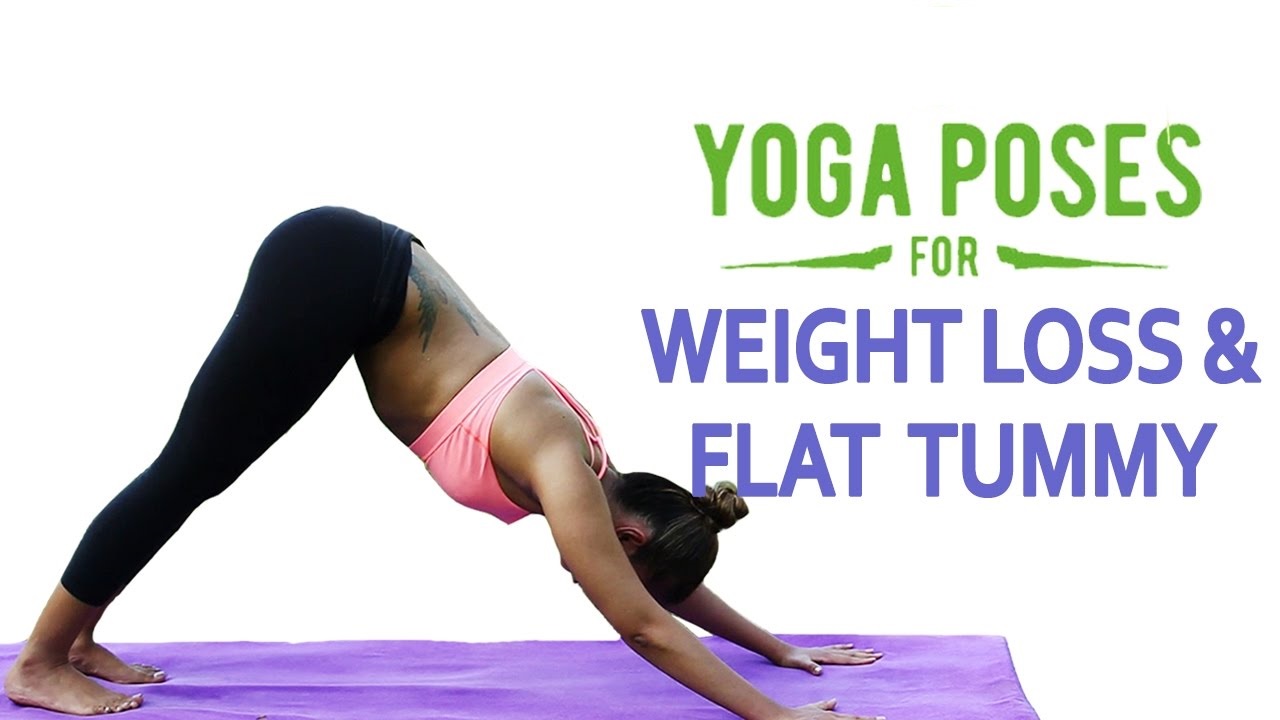
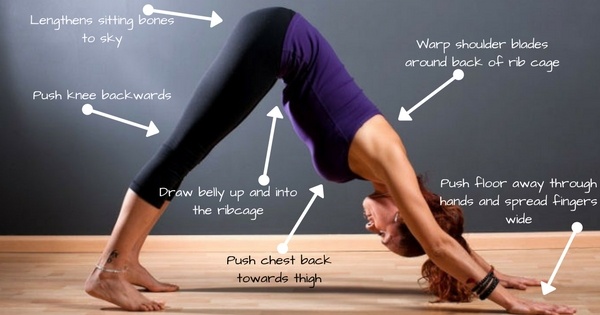


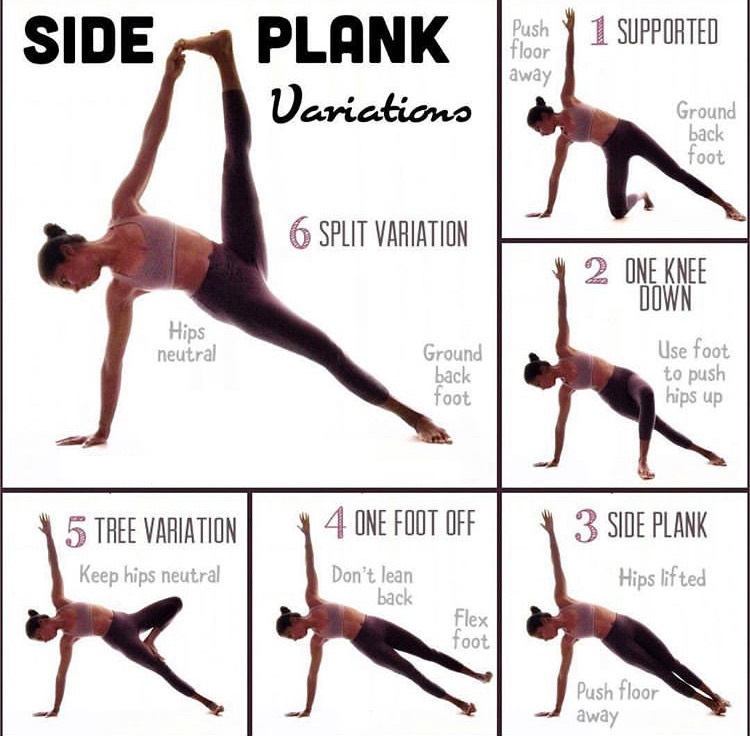
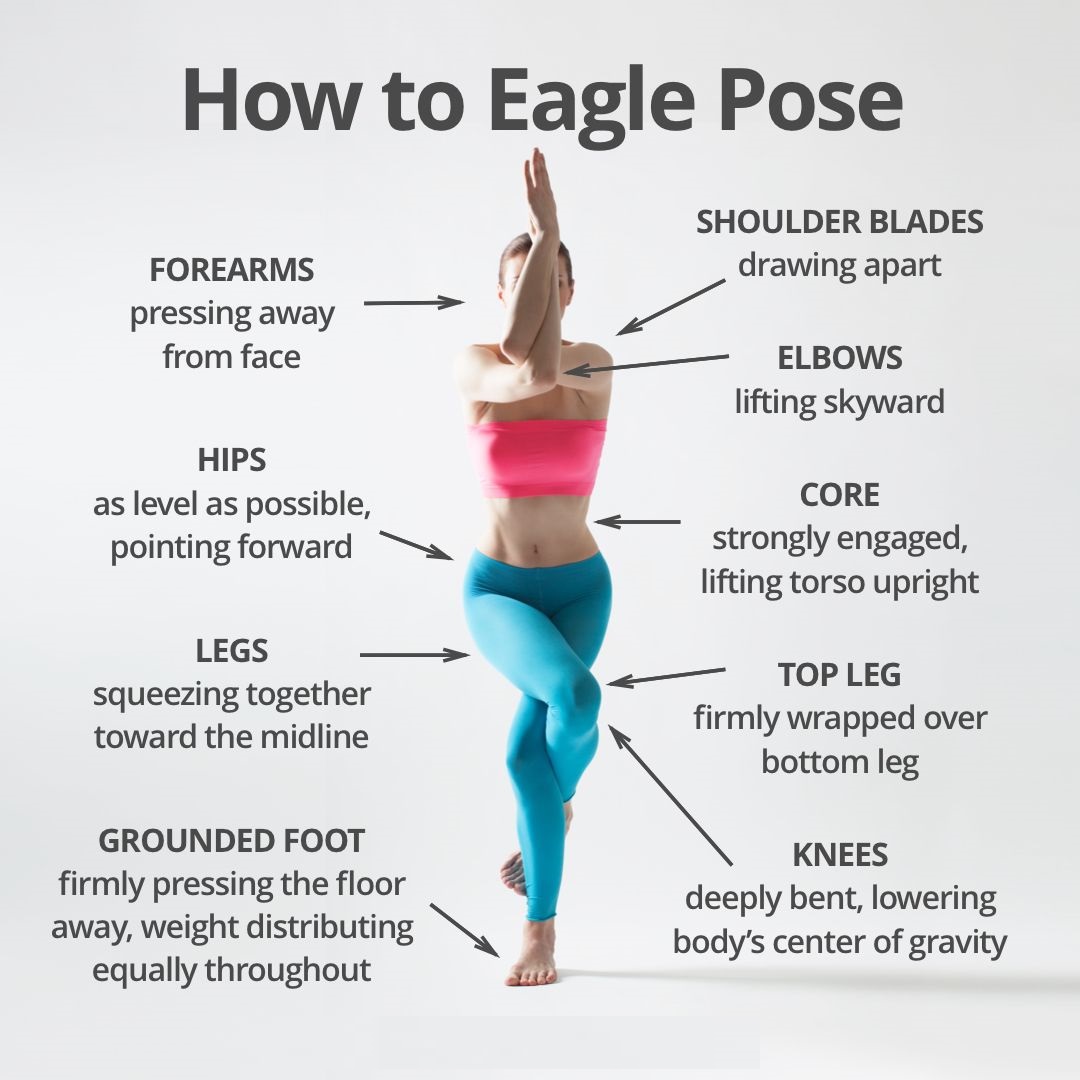
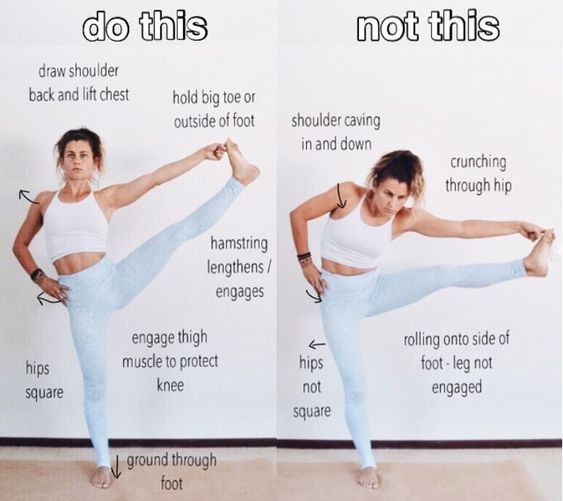
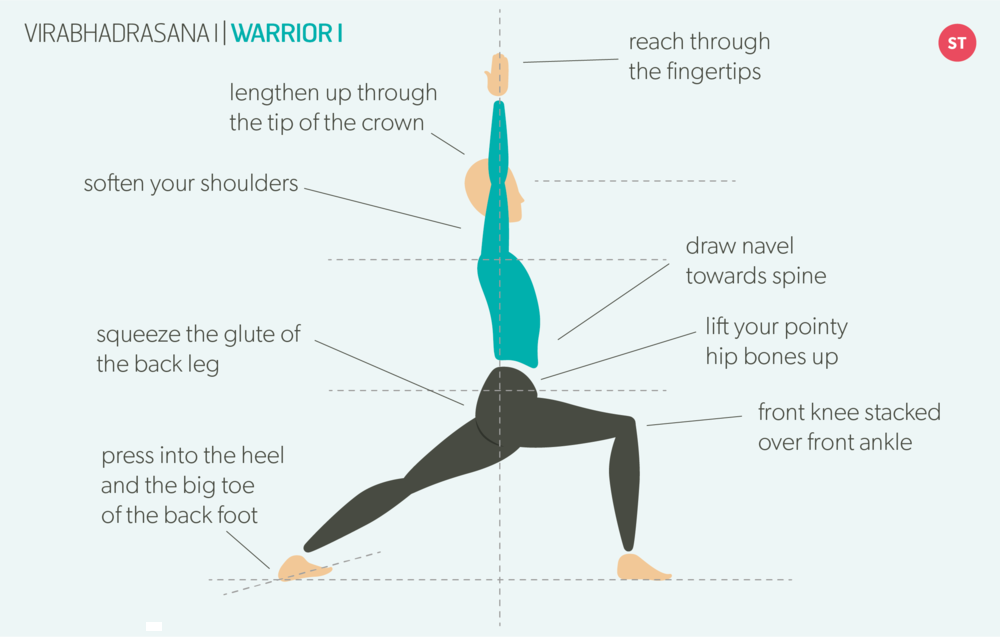


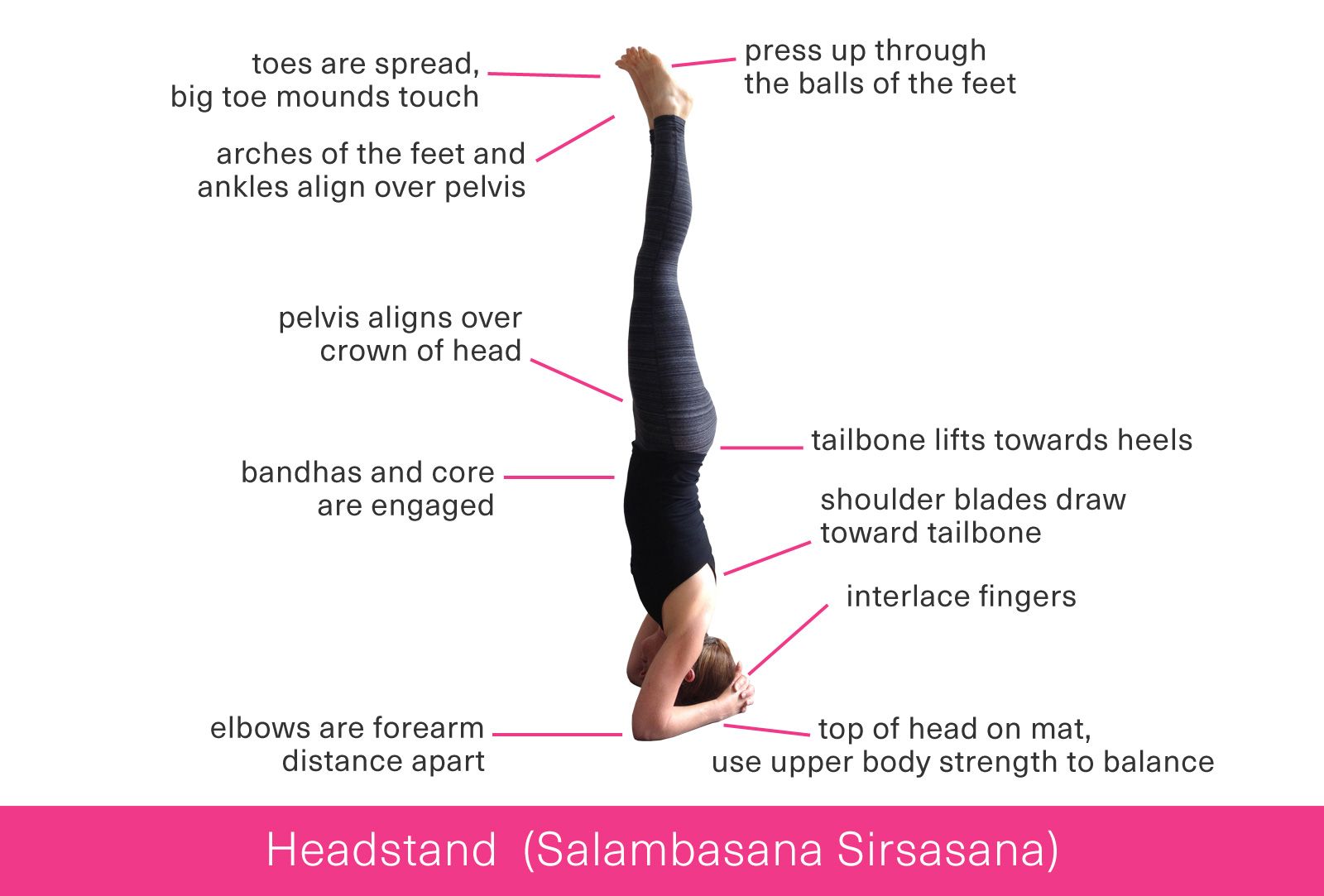
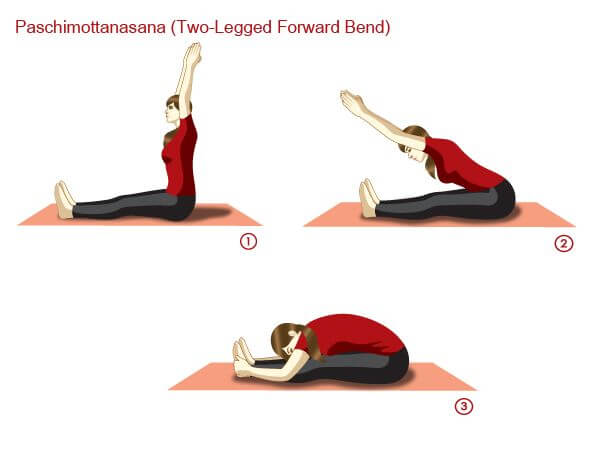

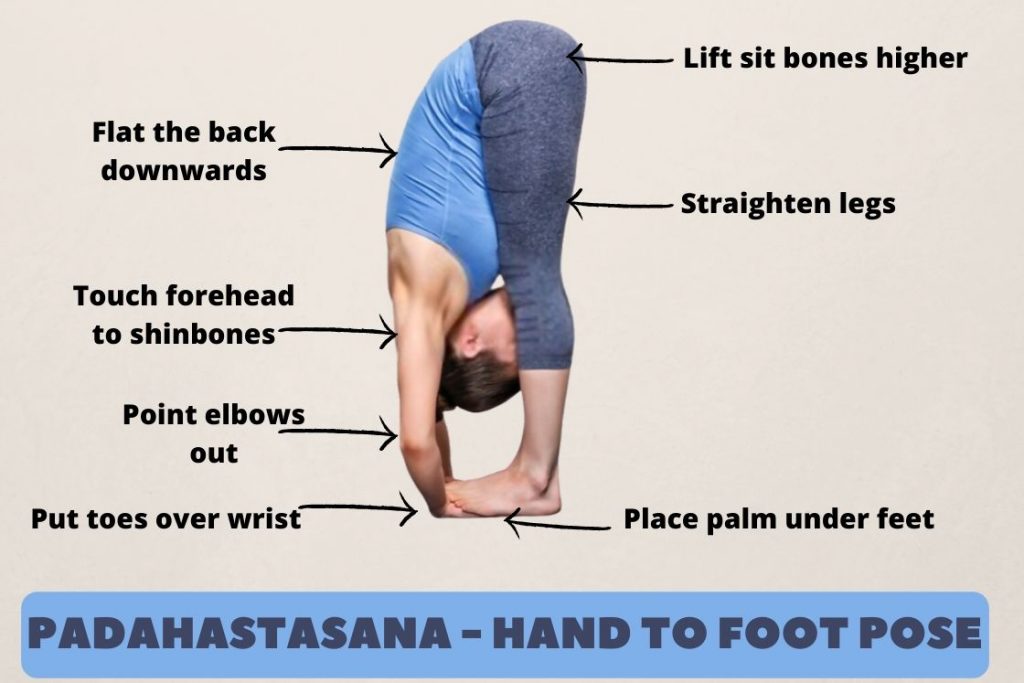
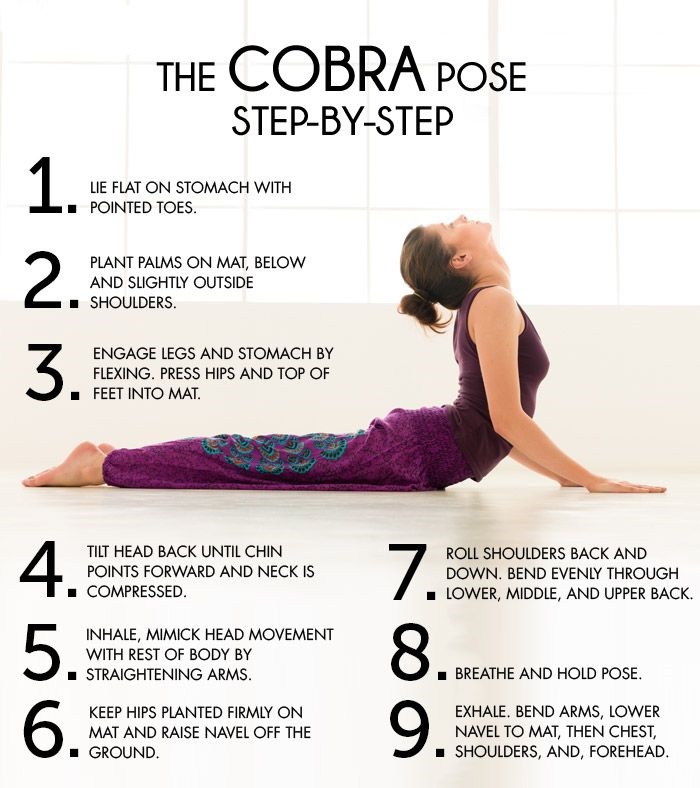
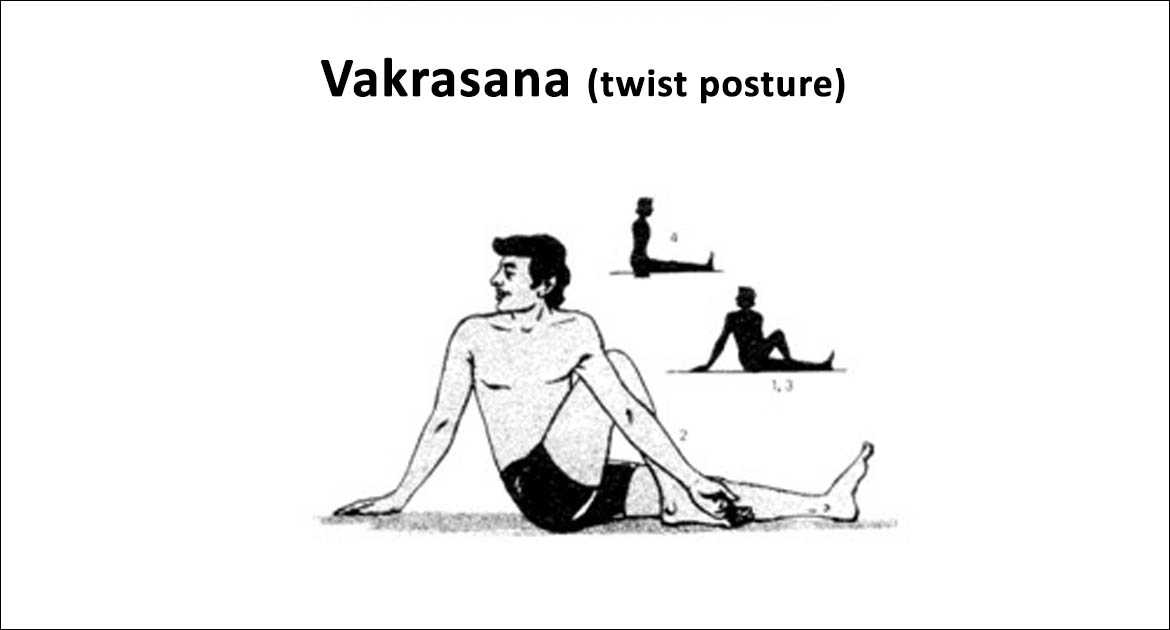
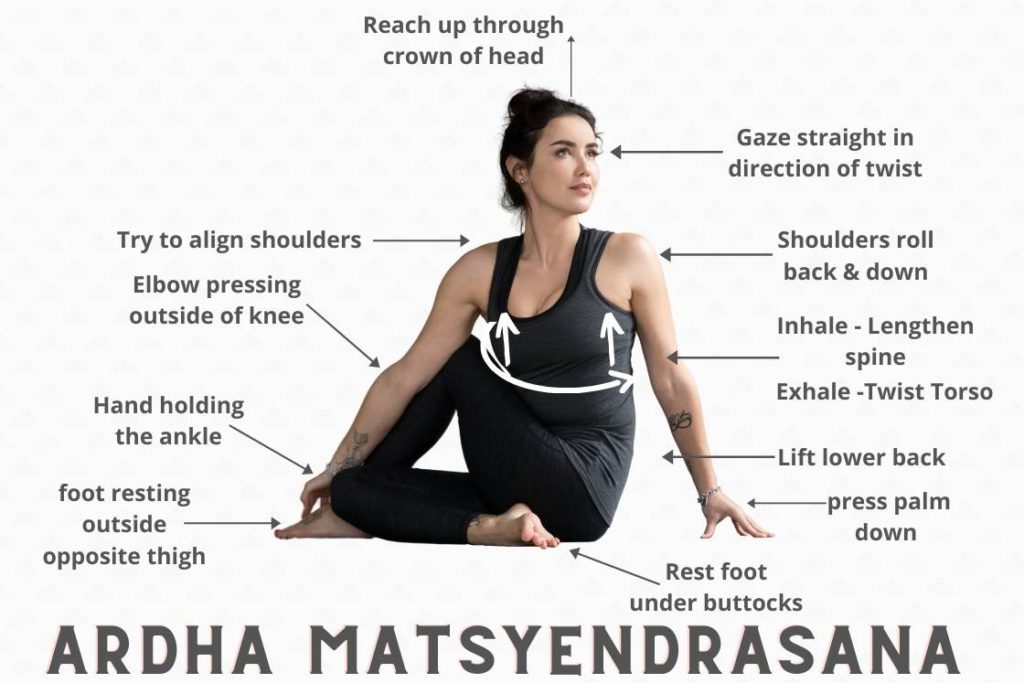

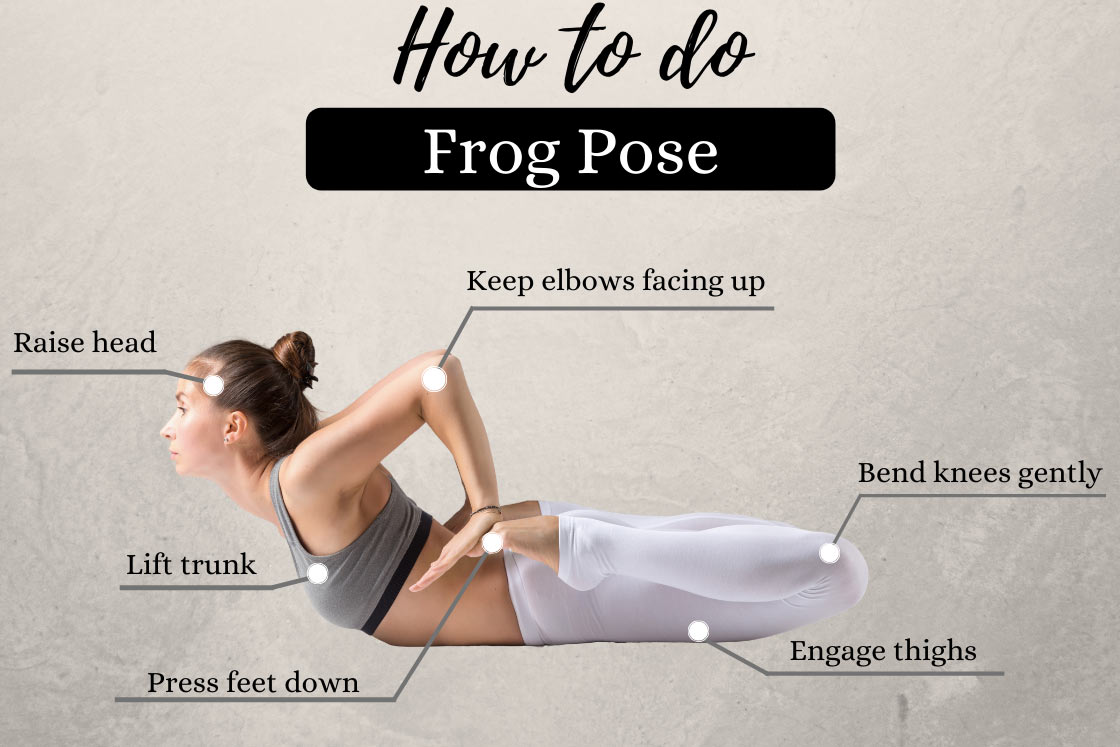

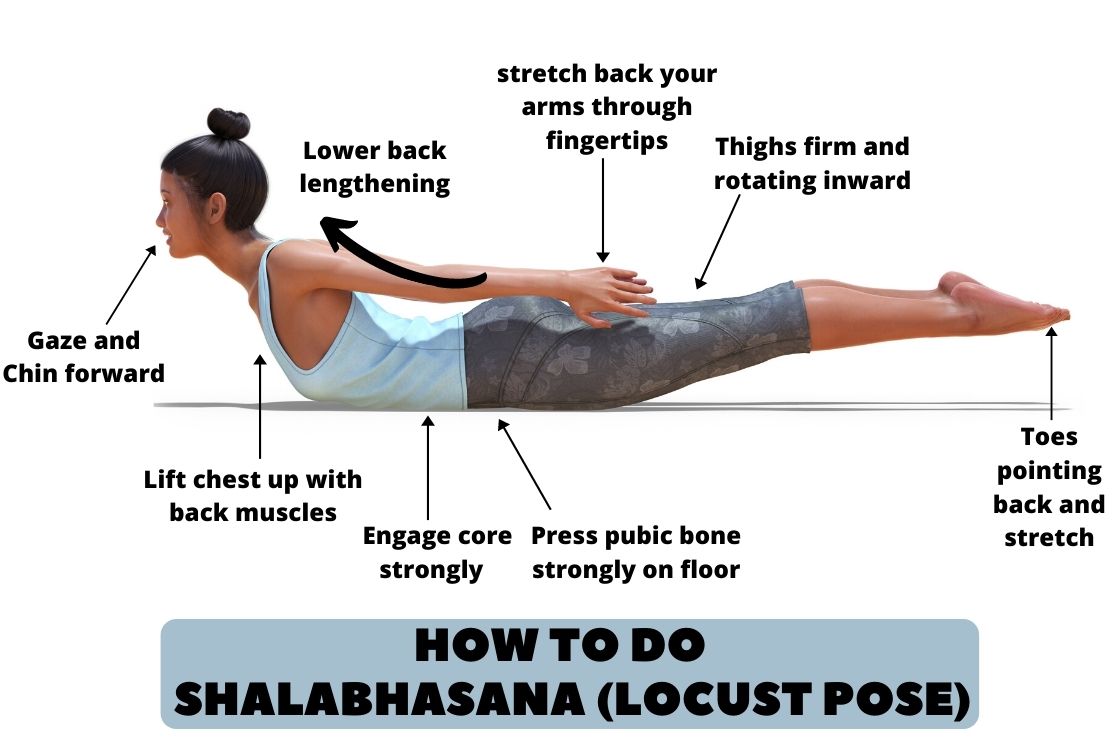

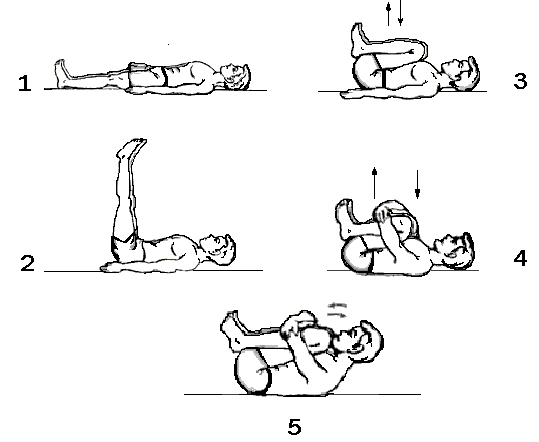

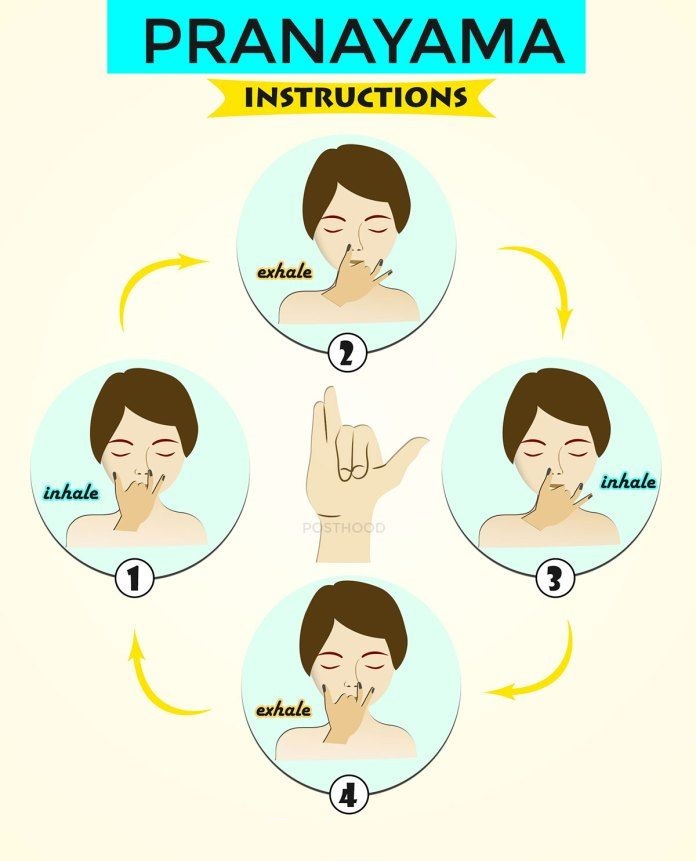
.jpeg)


0 Comments